Taliban kills 13 in suicide assault on Kandahar government center
Three suicide bombers targeted a provincial meeting with tribal leaders. The strike is the latest in a series of complex attacks in Afghanistan, Pakistan, and India.
Three suicide bombers targeted a provincial meeting with tribal leaders. The strike is the latest in a series of complex attacks in Afghanistan, Pakistan, and India.
Three suicide bombers attempted to enter the provincial headquarters of the National Directorate for Security. Six police and intelligence officials were killed in the attack.
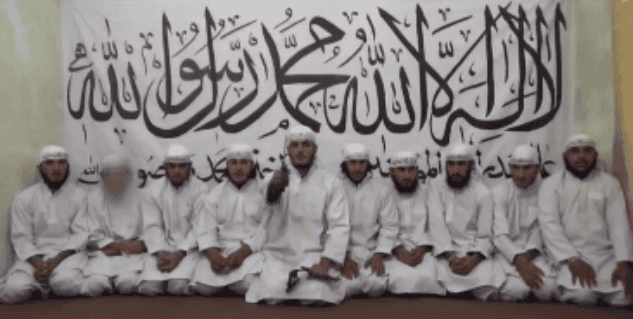
The Taliban suicide team used tactics that have been perfected by multiple jihadist groups on numerous battlefields over the past decade and a half.
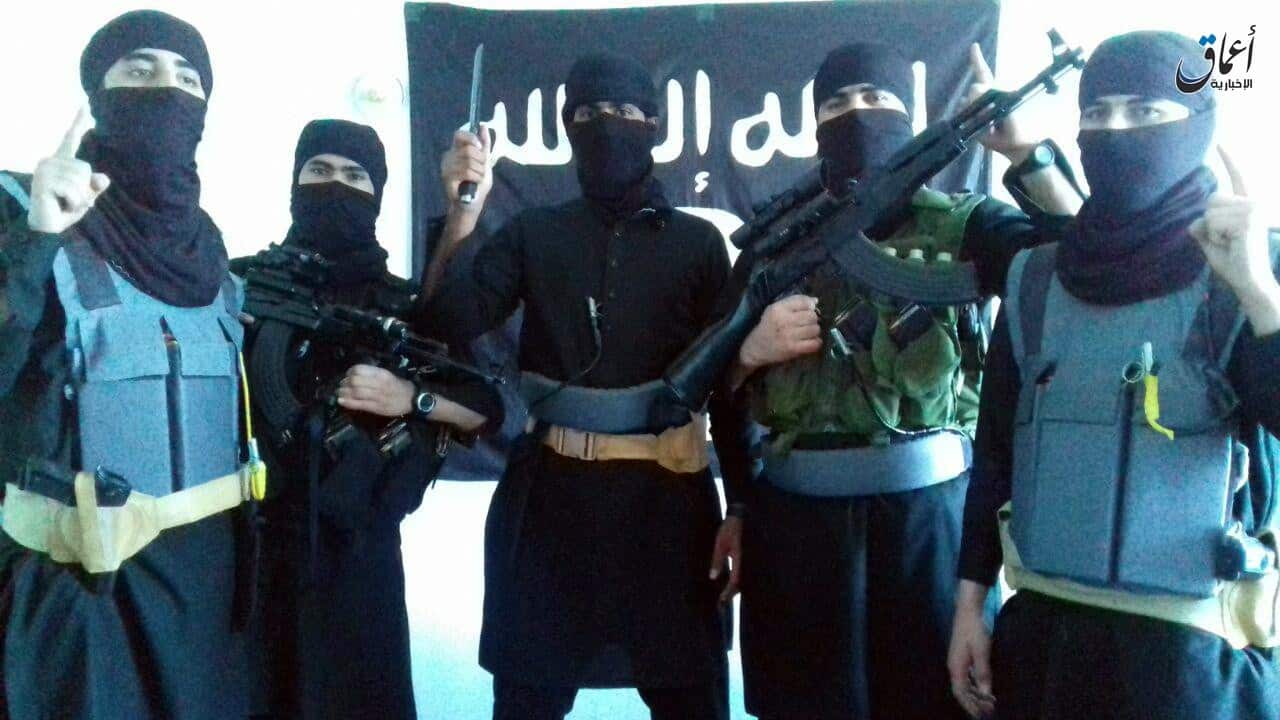
A team of five Islamic State inghimasi fighters terrorized the Sardar Mohammad Daud Khan Hospital in Kabul yesterday. The hospital is “the largest military medical facility in Afghanistan,” according to the UN. The Islamic State’s so-called Khorasan province has launched other inghimasi attacks in Afghanistan in the past.

The attack was claimed by Khalifa Umar Mansour, the Movement of the Taliban in Pakistan’s leader for Peshawar and Darra Adam Khel, who is also responsible for attacking a military school in Peshawar in 2014 and an airbase near the same city in 2015.

A Taliban suicide assault team killed more than 30 people in an attack on Kandahar International Airport in southern Afghanistan that lasted for more than a day before Afghan forces backed by the US military could regain control.

This makes at least two Americans used as suicide bombers for the Islamic State. Both detonated in the central Iraqi province of Salahadin.
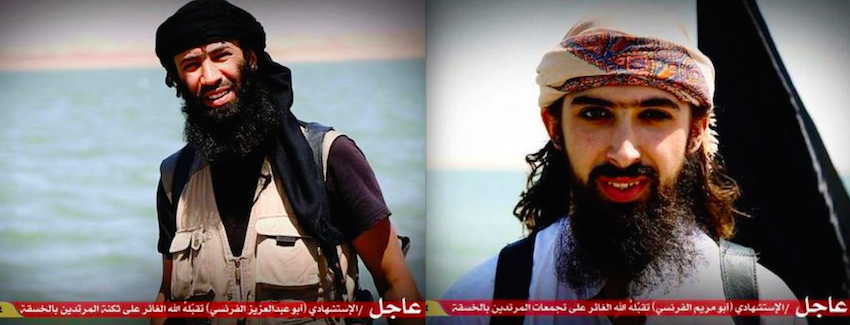
Haditha is one of the few towns in Anbar that have resisted the Islamic State’s onslaught in Anbar province.

At least 13 suicide bombers, including jihadists from Belgium, Australia, Uzbekistan, Chechnya, Syria, Egypt, Morocco, and Tunisia launched a coordinated assault on Anbar’s provincial capital.
The Islamic State of Iraq and the Sham suicide assault team killed 17 people in the Ministry of Transportation before Iraqi security forces killed them.
The suicide assault that targeted an Afghan and Coalition base in Kandahar’s Zhari district is the second such attack in Afghanistan in four days.
At least 59 people have been killed and over 150 wounded in the largest terrorist attack in Kenya since al Qaeda’s 1998 bombing of the US Embassy. The Shabaab assault teams singled out non-Muslims for execution. The attack is similar to Lashkar-e-Taiba’s assault on Mumbai in 2008.
Forty Pakistani worshippers were killed and 83 more were wounded when a suicide assault team opened fire in a mosque in the military garrison city. Two senior generals were killed in the attack.
Eleven people were killed and more than 70 were wounded in a suicide assault at the luxury Pearl Continental Hotel. The attack is the latest in a series of complex assaults in Pakistan, Afghanistan, and India.
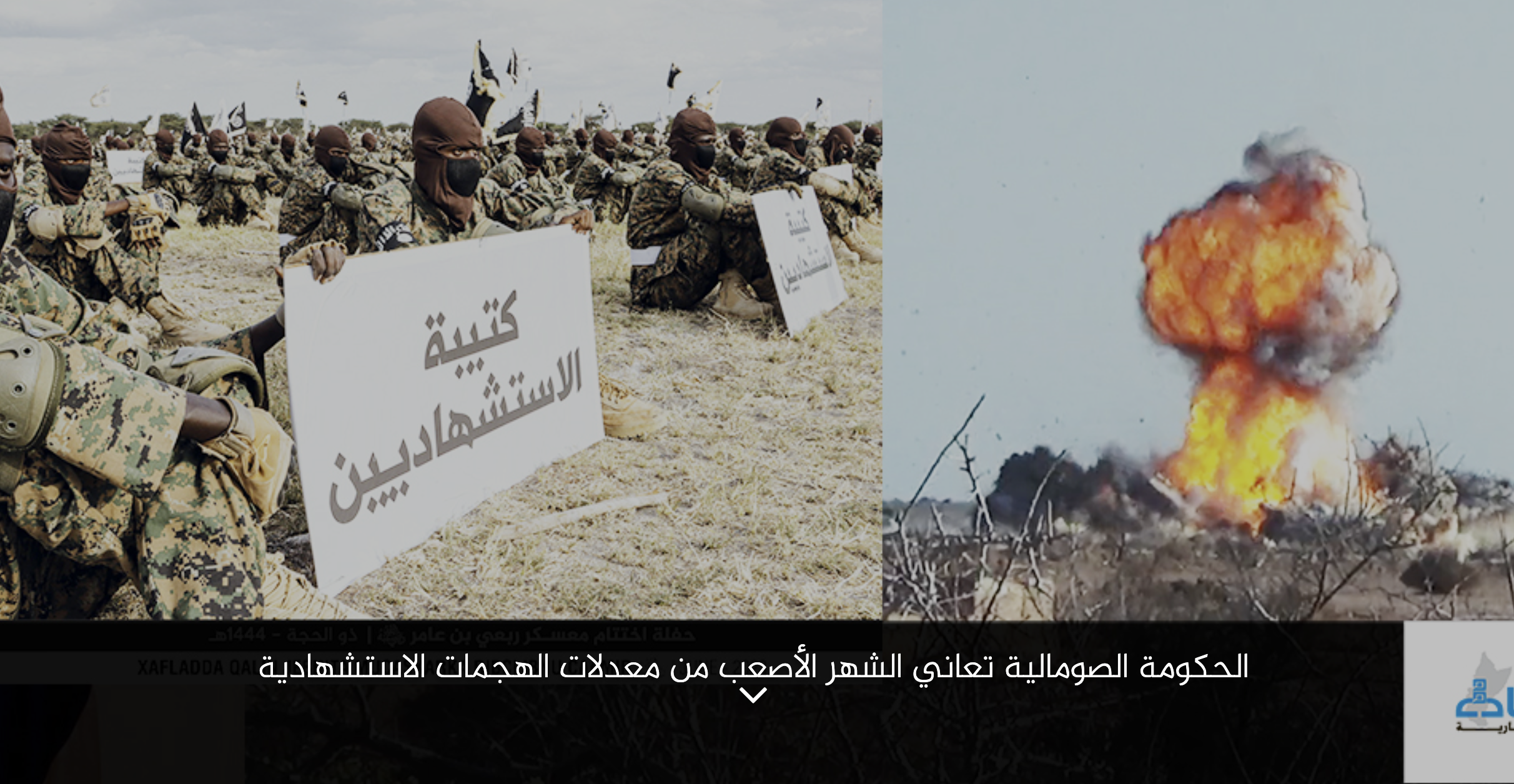
Shabaab denied “randomly” targeting civilians in its suicide bombings. This is a mischaracterization of the data on its suicide campaign.
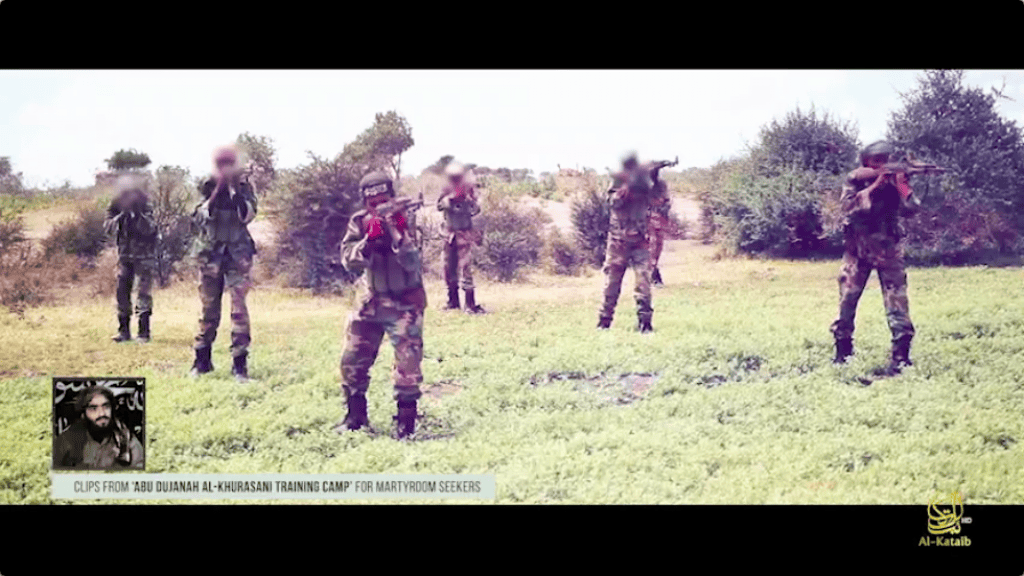
At least 14 successful or attempted suicide bombings were reported in Somalia in September. This is the single highest monthly total since Shabaab began its suicide bombing operations in 2006.

Shabaab killed at least 100 people at the same place where it killed upwards of 500 civilians almost exactly five years ago.

Shabaab unsurprisingly framed the terrorist attack as retaliation for the current military operations against it across the country.

Sirajuddin Haqqani, who at the time was the operational commander of the Haqqani Network, was joined by his brother Badruddin Haqqani, Qari Zakir, the Taliban’s chief of suicide bombers, Mullah Sangeen Zadran, a dangerous Haqqani leader, and Ghani Muhammad, an Al Qaeda-linked military commander based in Pakistan, in the video. They give a send off to the suicide assault team that attacked Forward Operating Base Fenty on Nov. 12, 2010.

Shabaab attempted to kill Somalia’s police chief in yet another suicide bombing in the Somali capital.

The dual suicide bombings targeting an election site in central Somalia comes just one day after a brazen attack on a large military base in Mogadishu.

The bombing appears to have been part of a larger effort against Somalia’s main intelligence apparatus.
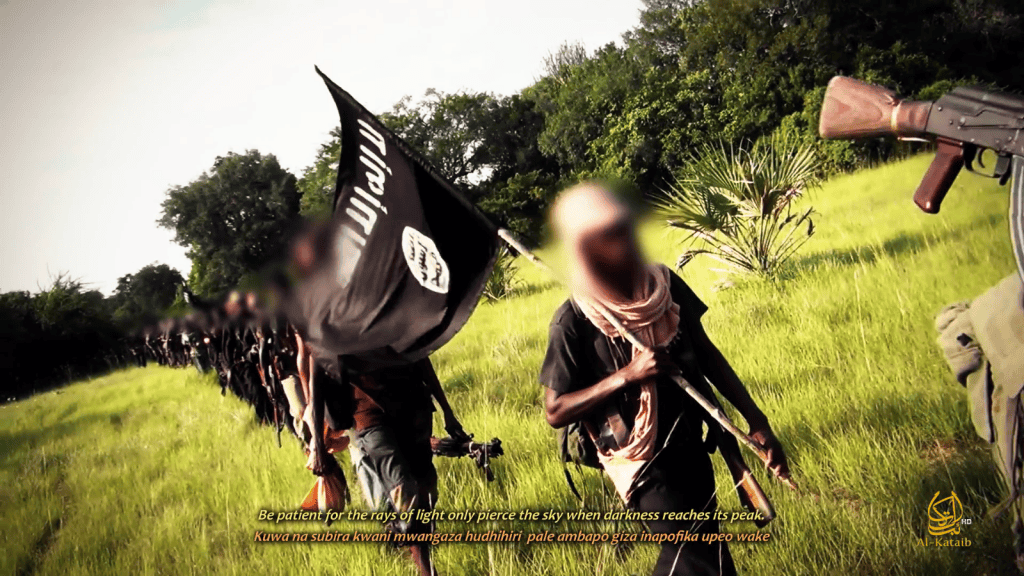
At least one US soldier was wounded in the blast, while two Somali troops were also killed. This is the third time the group has reported clashing with American troops inside Somalia since Aug. 24.
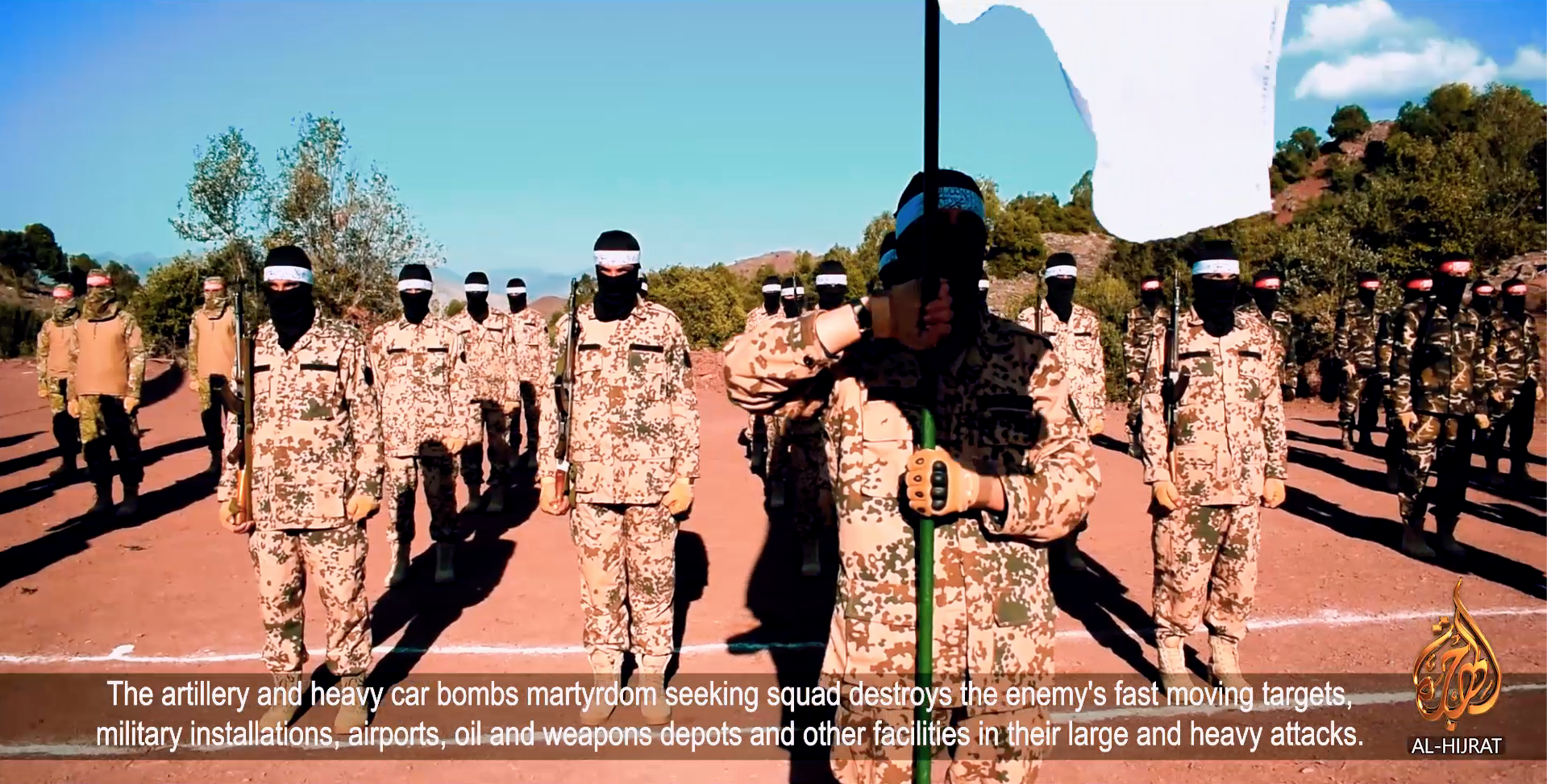
The Taliban continues to use the signature terror tactic of Al Qaeda and other jihadist groups despite signing a deal with the U.S. that facilitates the withdrawal of American troops from the country.
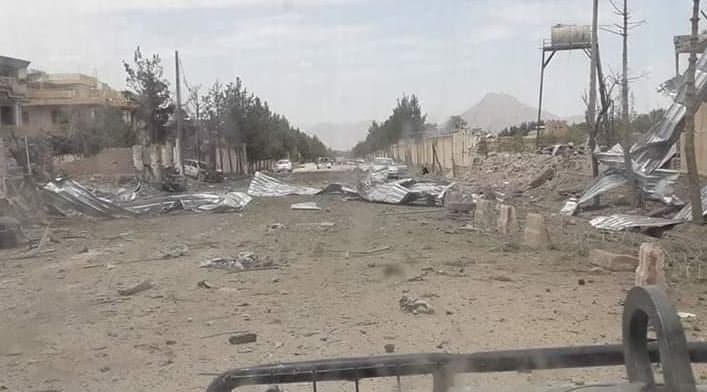
The attack belies U.S. officials’ claims that the Taliban has not been fighting in Afghanistan’s cities.

In the span of four days, the Al Qaeda branch has claimed the use of two suicide car bombings on Somali and Turkish military bases in two different areas of Somalia.
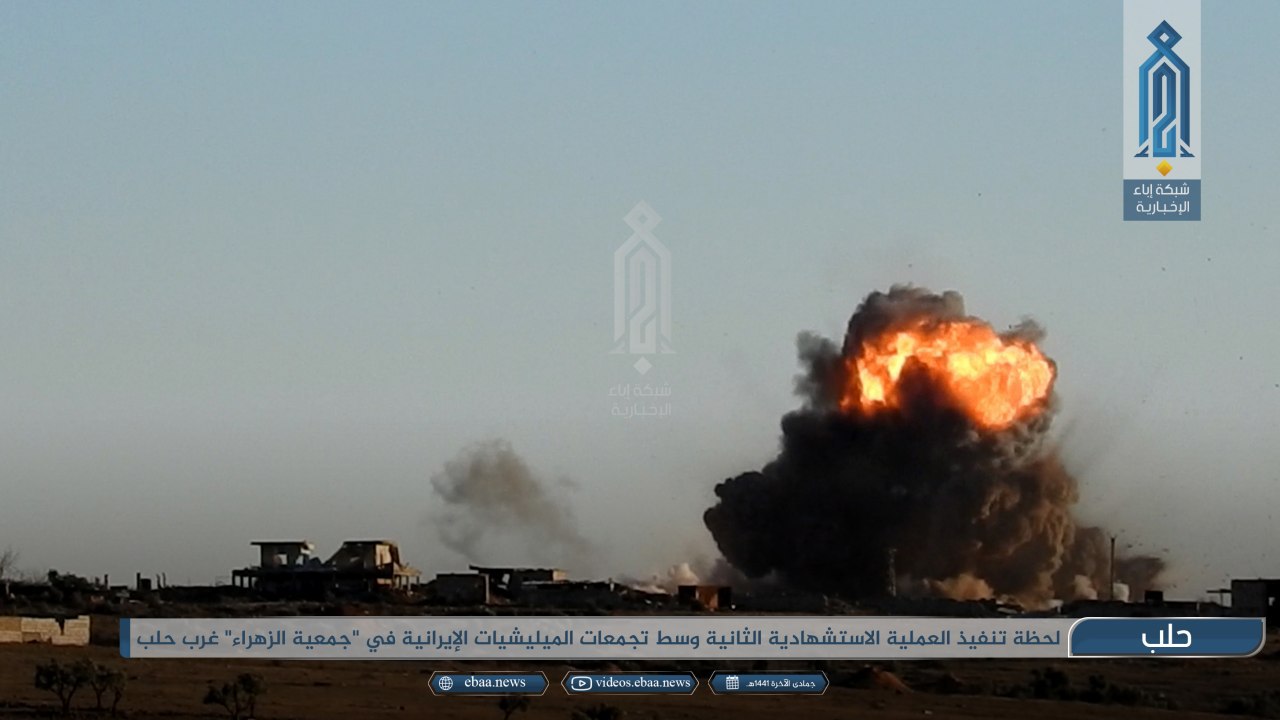
Since the beginning of the year, Hay’at Tahrir al Sham has utilized at least 12 suicide bombers in defense of Idlib from advancing regime forces.

One of the attacks, in Parwan province, targeted an election rally while President Ghani was speaking. The Taliban has warned civilians to stay away from election sites.

Farah City is the third capital that has come under attack by the Taliban in the past week.
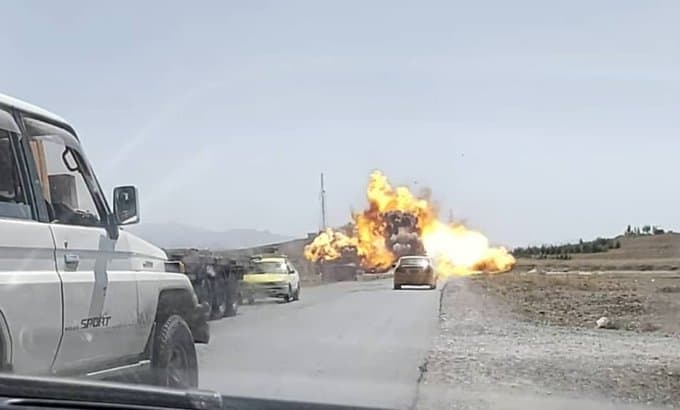
The Taliban’s military and political actions during the past several months makes it clear that the return of the Islamic Emirate is its primary goal, and not peace.